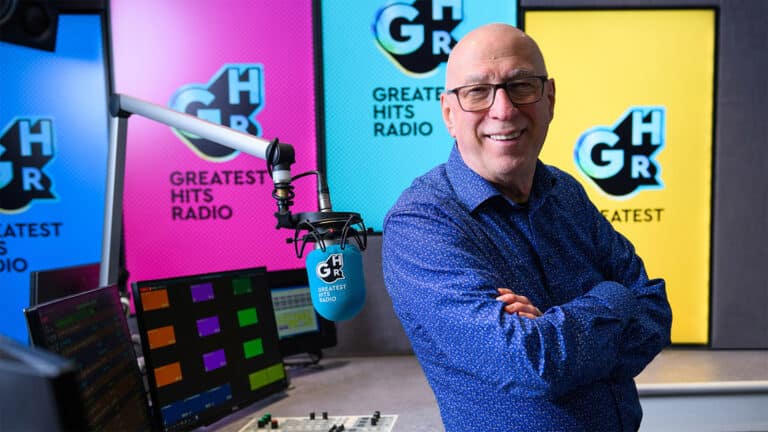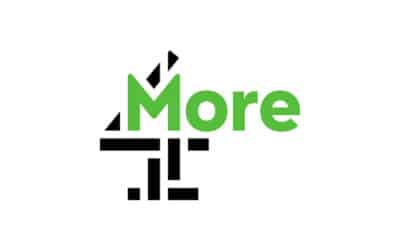The latest RAJAR (Radio Joint Audience Research) results paint a stark picture of the shifting landscape of radio listenership in the North. While BBC stations in this region typically face declining numbers, their commercial counterparts are enjoying impressive gains.
Luke Tracey, Director at Manchester’s Be Broadcast, explains the picture in more detail…
BBC Stations Facing the Hurt
Several BBC stations across the North have experienced significant drops in their audience numbers. The most dramatic decrease was witnessed by BBC Radio 5 Sports Extra, which dropped by 37%, from 1,552,000 listeners in Q4 2023 to 971,000 in Q1 2024. BBC Radio 5 Live also saw its listenership decrease by 7%. Considering this period included major sporting events like the Six Nations, the Golf Masters, and the Women’s FA Cup, it raises questions about how effectively sport is connecting with audiences on radio.
Following closely, Radio X Manchester experienced a 13% drop, and BBC Radio Leeds fell by 12%. BBC Radio Manchester saw a 4% decline, while stations such as BBC Radio Cumbria and BBC Radio York recorded declines of 4% and 10%, respectively.
These figures are among the first to reflect the recent cuts at the BBC regional network, which have led to more shows being delivered from a regional perspective rather than a directly local one.
To put the situation in the North into perspective, over half of the entire BBC regional network across the country faced a decline during this quarter. However, there are some bright spots: BBC Radio Merseyside saw a 6% increase, and BBC Radio Humberside enjoyed a significant boost of 31%.
Commercial Radio’s Booming Success
In stark contrast, commercial radio stations are seeing robust growth. Greatest Hits Radio (York & North Yorkshire) leads the pack with a solid 43% increase in listeners, jumping from 54,000 in Q4 2023 to 77,000 in Q1 2024. This station’s success is closely followed by Greatest Hits Radio (Manchester), which enjoyed a 38% rise. TFM, Metro Radio, and Heart North West also saw significant gains, with increases of 28%, 27%, and 30%, respectively.
Interestingly, these commercial outlets have been nibbling at the BBC’s local market share for years, ensuring that much of their news content is locally centred, even if it comes from a regional base. The boosts in commercial listenership may be partially due to the BBC cuts, but active marketing efforts by commercial stations have also likely played a significant role.
As an example, you can probably remember seeing an a recent ad for Greatest Hits content – but can you remember seeing one for local BBC outlets?
The Middle Ground
Some stations have maintained steady listenership with no change, such as Hits Radio (Liverpool & the North West), Hits Radio (Yorkshire), and Hits Radio (West Yorkshire). Notably, all of these are Hits Brand stations, suggesting that Bauer may have been focusing more on promoting the Greatest Hits Brand, which has seen strong boosts this quarter.
We might be witnessing the start of a BBC versus Greatest Hits battle in each area.
Overall Radio Listening Trends
RAJAR announced that 50 million adults, or 89% of the adult UK population, tuned into their radio stations each week in the first quarter of 2024. The total average number of weekly hours listened to radio for this quarter is 1.023 billion hours. On average, a listener tunes into 20.5 hours of live radio per week. This is the highest it has been for at least the last two years, disproving the notion that radio is dead.
Digital Platforms
In terms of reach, 44 million adults now tune into radio via a digitally enabled platform (DAB, DTV, Website/App, or Smart speaker) each week, accounting for 77% of the population. Digital listening accounts for 746 million hours per week, with DAB having a 58% share of digital listening hours, smart speakers at 23%, websites/apps at 15%, and DTV at 4%.
Listening via Location
The location of listening in terms of weekly reach shows that 62% of listening happens at home, 58% in a vehicle (car/van/lorry), and 19% at work or elsewhere. Additionally, 63% of smart speaker users use it for listening to the radio, with 22% tuning in every day via their device.
Implications for the Future
The divergence in performance between BBC and commercial radio stations in Northern England suggests a broader trend that could reshape the radio industry. For the BBC, these results might prompt a reassessment of strategy, including potential content refreshes, further engagement with digital platforms, and more localised programming to recapture lost audiences.
However, it is early days, and we may see audiences settle in the coming quarters.
For commercial radio, the current momentum is likely to spur further investment in innovative content and technology to sustain and grow their listenership. They certainly won’t be resting on their laurels, knowing that all things can change in the next quarter.

What is RAJAR?
RAJAR, or Radio Joint Audience Research, is the official body in charge of measuring radio audiences in the UK.
Established in 1992, RAJAR is a joint venture between the BBC and the Radio Centre, which represents the commercial radio industry.
In short, it tells you which stations are listened to and how that changes quarter by quarter.
RAJAR’s research includes details on the number of listeners, their demographics, and the amount of time they spend listening to various stations.
This data is crucial for broadcasters and advertisers to understand audience behaviour and make informed decisions.
Luke Tracey is Director at Manchester’s Be Broadcast.












